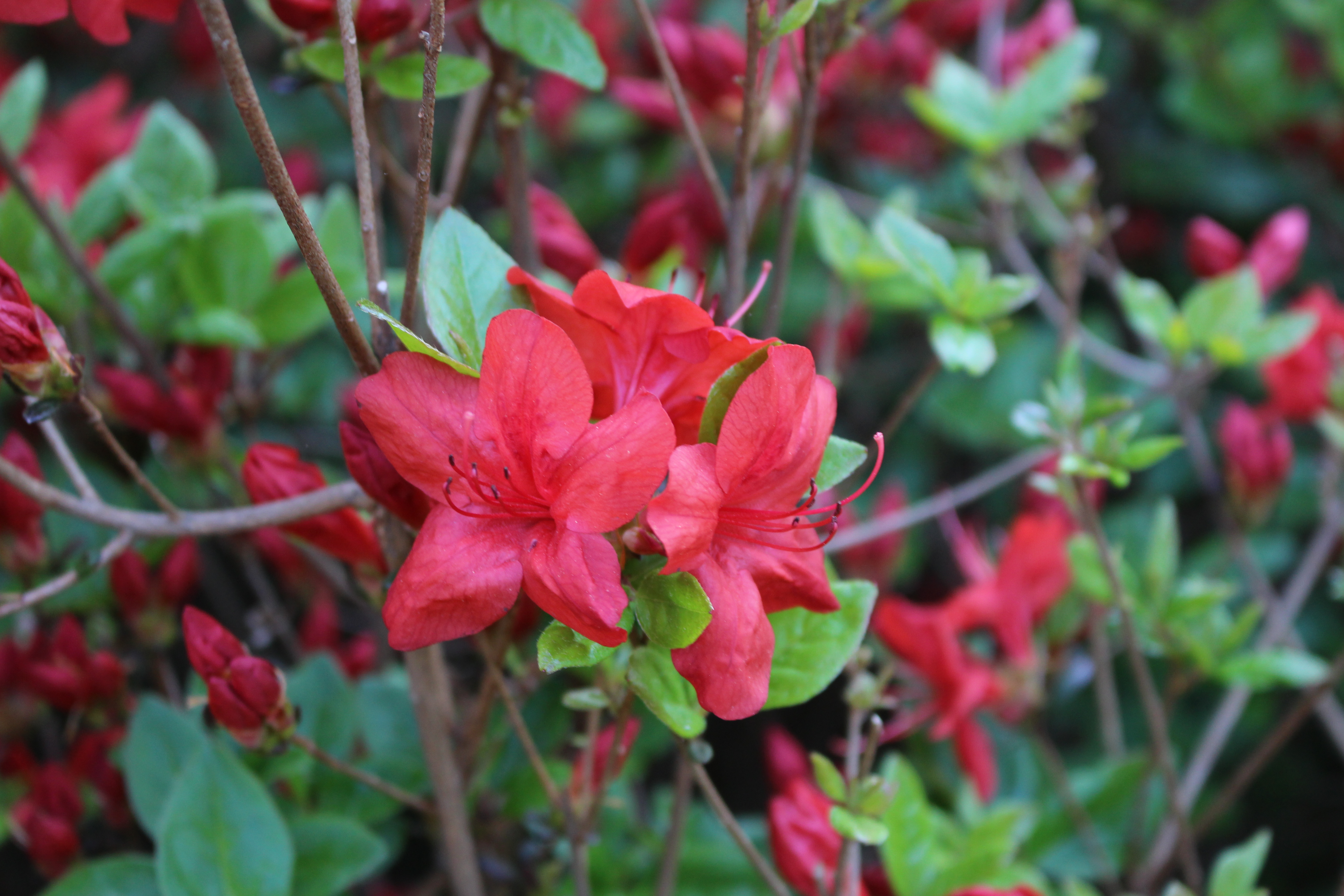It’s Time for Summer Pruning
go.ncsu.edu/readext?700986
en Español / em Português
El inglés es el idioma de control de esta página. En la medida en que haya algún conflicto entre la traducción al inglés y la traducción, el inglés prevalece.
Al hacer clic en el enlace de traducción se activa un servicio de traducción gratuito para convertir la página al español. Al igual que con cualquier traducción por Internet, la conversión no es sensible al contexto y puede que no traduzca el texto en su significado original. NC State Extension no garantiza la exactitud del texto traducido. Por favor, tenga en cuenta que algunas aplicaciones y/o servicios pueden no funcionar como se espera cuando se traducen.
Português
Inglês é o idioma de controle desta página. Na medida que haja algum conflito entre o texto original em Inglês e a tradução, o Inglês prevalece.
Ao clicar no link de tradução, um serviço gratuito de tradução será ativado para converter a página para o Português. Como em qualquer tradução pela internet, a conversão não é sensivel ao contexto e pode não ocorrer a tradução para o significado orginal. O serviço de Extensão da Carolina do Norte (NC State Extension) não garante a exatidão do texto traduzido. Por favor, observe que algumas funções ou serviços podem não funcionar como esperado após a tradução.
English
English is the controlling language of this page. To the extent there is any conflict between the English text and the translation, English controls.
Clicking on the translation link activates a free translation service to convert the page to Spanish. As with any Internet translation, the conversion is not context-sensitive and may not translate the text to its original meaning. NC State Extension does not guarantee the accuracy of the translated text. Please note that some applications and/or services may not function as expected when translated.
Collapse ▲Summertime has arrived, and hopefully you are finished planting in your garden. So what’s left to do now? As you sit back and watch your new plantings grow, it is a great time to attend to the pruning of established plants in your landscape.
Before you start pruning, take some time to think about your plan. Pruning can benefit your plant in a few ways, including helping it to have a strong structure, removing damaged limbs, and possibly improving flower and fruit set. However, each pruning cut creates a wound that provides access to insect and disease pests and takes energy from the plant to heal. Make sure you have a purpose when you’re pruning. As you get started with your plan to prune, you may want to read Before the Cut, a publication which details what to think about as you prepare to prune.
Summer is a good time to prune plants that flowered early in the spring. For instance, you may want to prune azalea or forsythia plants. Pruning these plants in the summer allows you to control their size and/or improve their structure, while still allowing ample time through the end of the season for the plant to form flower buds that will bloom next year.

Photo: Leslie Peck
You may also consider pruning any hedges in your yard during the summer. Typically, shrubs will grow back less vigorously after being pruned in the summer than they do if they are pruned during cooler weather in the spring. This means it may take longer before you’ll have to come back and prune the hedges again. In addition, it’s a good time to prune watersprouts in trees – these are the shoots that grow straight up vertically from the trunk or branches. Just like hedges, the watersprouts will grow back less vigorously when pruned in the summer.
After pruning, you will want to clean and sanitize your tools. This helps prevent the spread of diseases among plants. Make sure you clean all the dirt and debris off your pruners first – you may want to wipe them with a rag or use steel wool if rust has accumulated on the blades. After your pruners are clean of dirt, one way to sanitize is to spray or dip them in a solution of 1 part bleach to 9 parts water. Make sure your tools dry completely before storage, and you may want to oil them to prevent any rust from forming.
If you’re planning to prune plants at home, be sure to check out these publications for additional tips:
- General Pruning Techniques
- Tools to Make the Cut
- How to Prune Specific Plants
- NC Extension Gardener Handbook (Woody Ornamentals, Pruning) 11: VIII


